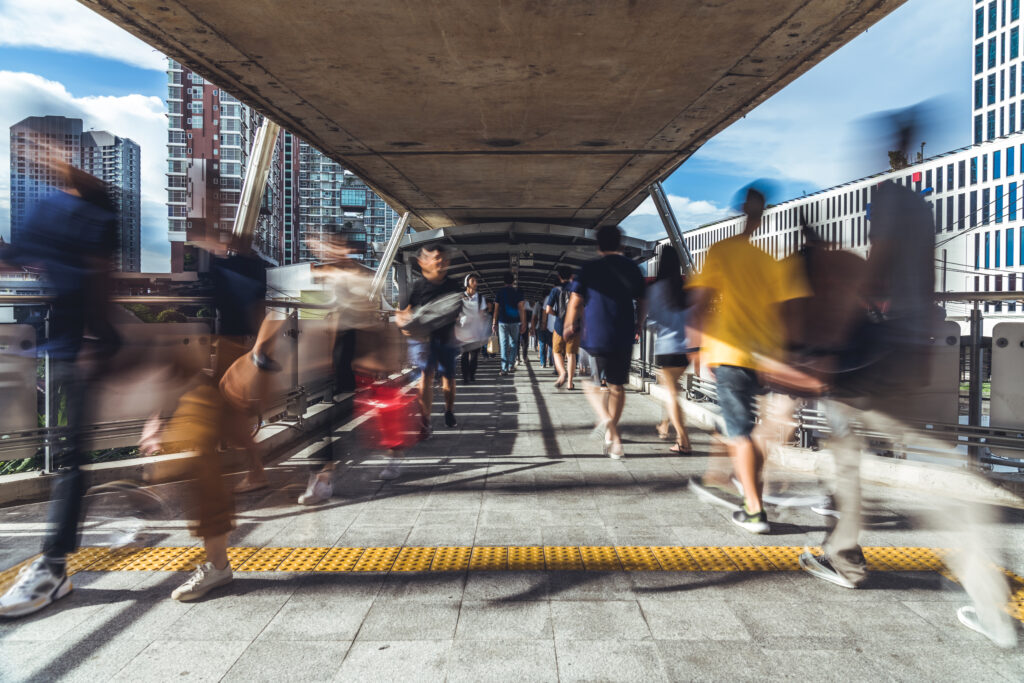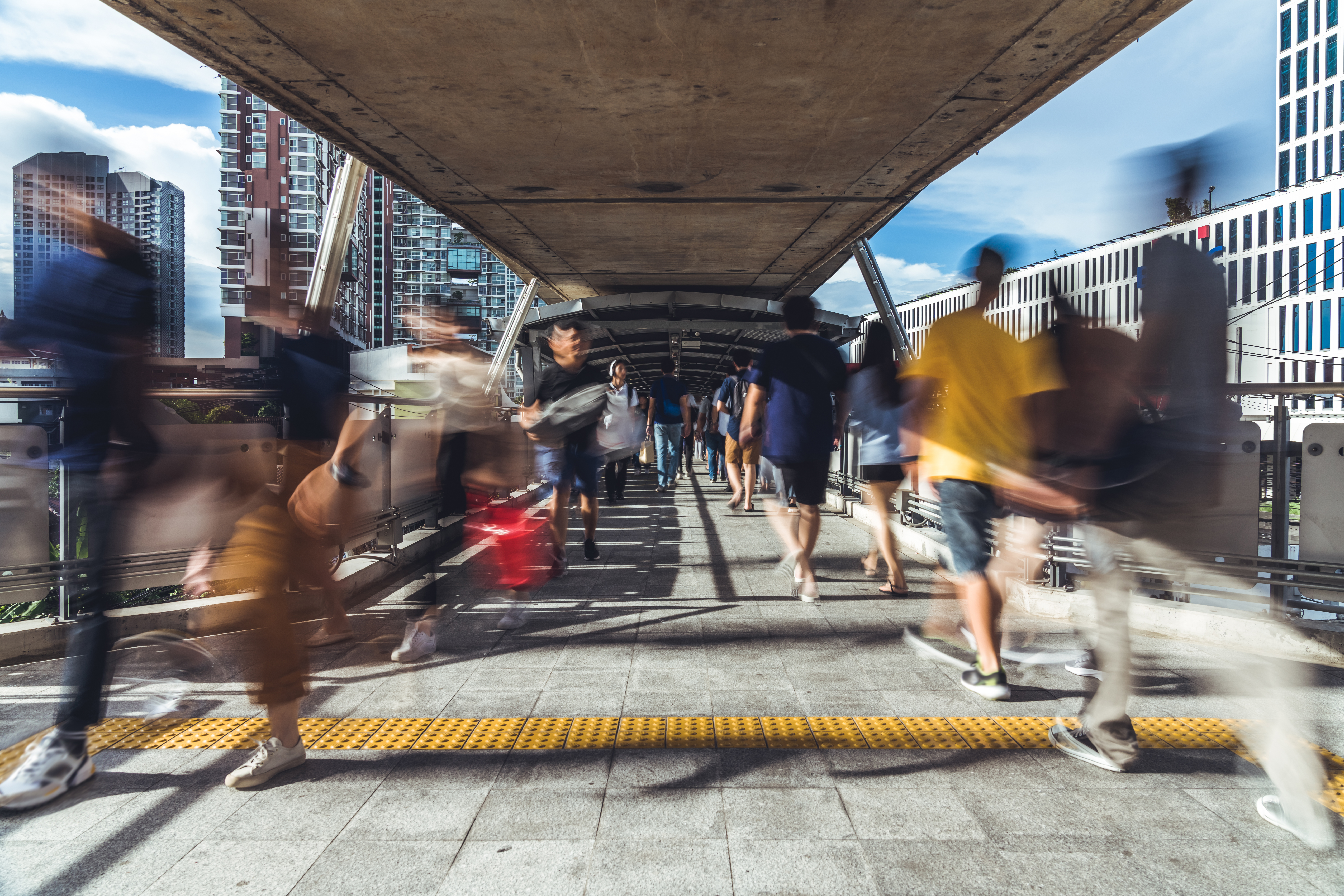
Resource depletion, global warming and climate change are grim realities that our planet and global population are facing as their impact on the state of the economy, society and our very way of life becomes ever more urgent. Much has been said about the need for greater awareness of these environmental problems and crucially, the need for solutions to mitigate or prevent the inevitably dire consequences they will bring.
Amidst the doom and gloom, the circular economy has emerged as a concept that offers a sustainable solution to these complex planetary challenges.
A circular economy is an alternative to the traditional linear economy (which follows a make-use- dispose process) in which we keep resources in use for as long as possible, extract the maximum value from them whilst in use, then recover and regenerate products and materials at the end of each service life.
The circular economy involves gradually decoupling economic activity from the consumption of finite resources, and designing waste out of the system. It is driven by a transition to renewable energy sources. The circular logic of this model builds economic, natural and social capital.
Even though the circular economy concept appears to be a novel one, the idea of circularity itself has deep historical and philosophical origins. The idea of feedback and of cycles in real-world systems has roots in various schools of ancient philosophy. It was revived in industrialised countries after World War II when the emergence of computer-based studies of non-linear systems revealed the complex and interrelated nature of the world we live in.
With modern-day advances, digital technology has the power to support the transition to a circular economy by radically increasing virtualisation, de-materialisation, transparency, and feedback-driven intelligence.
Benefits of a Circular Economy
A shift to a circular economy portends numerous benefits, the environmental one being foremost. The initial target of the circular economy is to have a positive effect on the ecosystem and to mitigate the exploitation and overstress of the environment. It has the potential to reduce harmful gas emissions and the use of primary raw materials, increase agricultural productivity, and decrease in negative externalities such as pollution and waste.
Economic benefits can still be had under the circular economy. These include continued economic growth, substantial material savings, growth in employment and incentives for innovation. According to calculations by strategic consultancy McKinsey & Co., the GDP of a circular economy grows due to a combination of increased revenue from new circular activities, and cheaper production costs from getting more functionality from materials and other inputs. The value-add of circular products and services leads to higher valuation of labour, which increases income and expenditure per household, thus resulting in a higher GDP.
A transition to the circular economy would also have positive effects on employment. This could be due to greater spending by lower prices, increase in labour-intensive, high-quality recycling and repair practices, and growth in new businesses through innovation, the service economy and new business models.
A circular economy is a driver of innovation as new solutions based on a new way of thinking are sought. A shift to circular rather than linear value chains and aiming for optimization for the entire system results in new insights. It also spurs interdisciplinary collaboration between designers, manufacturers and recyclers, resulting in sustainable innovations.
Embracing the Circular Economy in Singapore
The government in Singapore has acknowledged the need to embrace the circular economy and is enacting multiple policies and initiatives in that direction. Some aspects of Singapore’s vital resources already adhere to the circular concept. For instance, the water sector functions in a closed loop as used water is converted into NEWater, significantly enhancing Singapore’s water resilience and sustainability.
According to Environment and Water Resources Minister Masagos Zulkifli, the authorities are now working on closing the waste loop. To that end, under its Sustainable Singapore Blueprint, Singapore aims to become a Zero Waste Nation and achieve a 70% recycling rate by 2030.
This is an area that needs improvement considering current recycling rates: Singapore’s household recycling rate of 21% is low when compared to other developed countries like Germany and South Korea. The blue recycling bins placed at HDB flats are “gradually becoming a more welcome sight in many estates”, said Minister Masagos, but some still treat them as general waste bins. The National Environment Agency estimates that 40% of the load collected from these bins is tainted. We would all do well do adopt better recycling practices.
Policies are also being reviewed to encourage sustainable production and consumption, particularly in sectors where the market fails to take into account environmental externalities. For that, the government is introducing a mandatory reporting framework for packaging data and waste reduction plans, to be in force in 2020, to require that producers be responsible for the ‘end-of-life’ of their products. Businesses, such as brand owners, importers and large retailers will need to start collecting data on the types and amounts of packaging they place on the market and submit plans for reduction.
Such a system is based on Extended Producer Responsibility (EPR), a policy approach under which producers are given a significant responsibility – financial and/or physical – for the treatment or disposal of post-consumer products. EPR It will incentivise businesses to design products that are more easily recycled, or develop innovative circular business models. The overall aim is to bring about more sustainable use of packaging materials, including single-use plastic packaging, by businesses and consumers.
In addition to reducing plastic waste, Singapore is relooking the waste management cycle for three major streams of trash – food waste, packing waste and e-waste – under its first Zero Waste Masterplan. To that end, the environment ministry has designated 2019 as Singapore’s Year Towards Zero Waste, a campaign that aims to raise awareness of waste issues and the need to conserve resources. Electronic waste or e-waste is a waste stream of particular concern due to its toxic nature; Singapore produces in excess of 60,000 tonnes of e-waste a year.
In order to help Singapore achieve its zero-waste goals, S$45 million has been invested in harvesting smart technology, as well as research and development. One example is finding other uses for Singapore’s incinerator bottom ash (IBA), a form of ash produced in incineration facilities which is usually dumped into the Pulau Semakau landfill. One option being explored is developing technological solutions to extract potentially toxic metals from the IBA. If that can be done, the IBA can be mixed with construction materials and also used for road construction.
Transforming the environmental services industry is another part of a shift towards a circular economy. The industry currently faces acute challenges such as an ageing workforce and low productivity. Under an industry transformation map, the government is pushing to increase productivity, digitalisation and innovation to introduce new vibrancy into the sector and to provide better jobs under the circular economy.
To support innovation, a regulatory sandbox for environmental services has been introduced. This allows innovative environmental services-related technologies and solutions to be tested in a safe environment with relaxed regulations, a necessary ingredient for a circular economy that always seeks new ways of doing things.
As a city-state known for its excellent governance, infrastructure and human capital, Singapore has the potential to be a world-leading circular economy. However, this will require not just the policies and resources of government and industry, but the enlightened effort of each and every individual as a consumer of goods and services, working member of the economy, and inhabitant of this beautiful planet.
In line with Singapore Sustainable Blueprint, corporations are proactively incorporating green efforts into every aspect of their organisation inorder to be keeping up to times. Sustainability has become the key strategy and new business approach in creating long-term value and foster longevity in the industry.
Require some funding to expand or transform your business? We offer a series of financing solutions for businesses from equipment financing, term loan singapore, SME Micro Loan and many more. Do contact us for a non-obligatory discussion!

